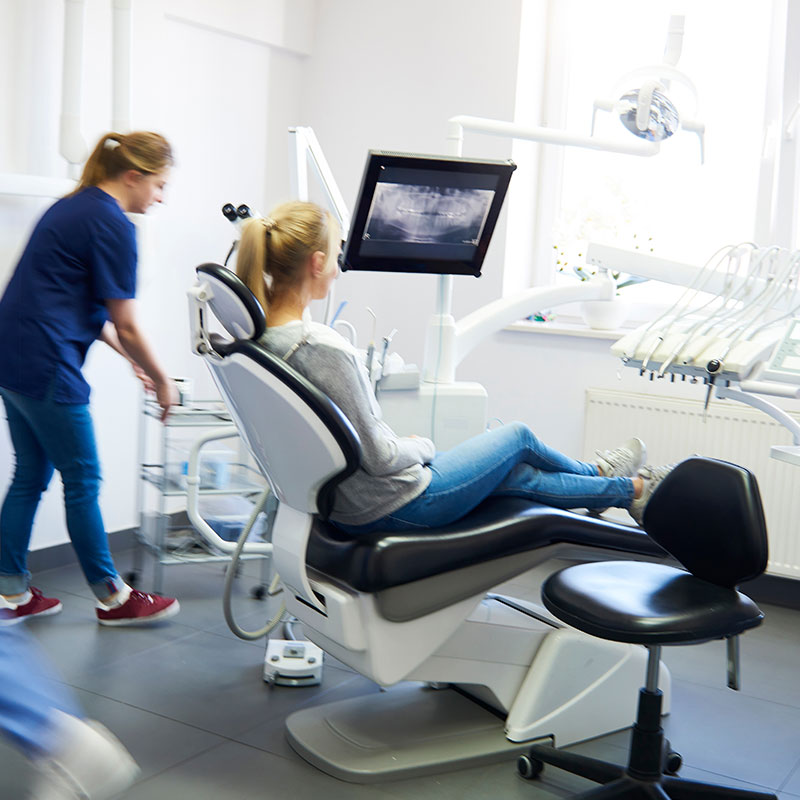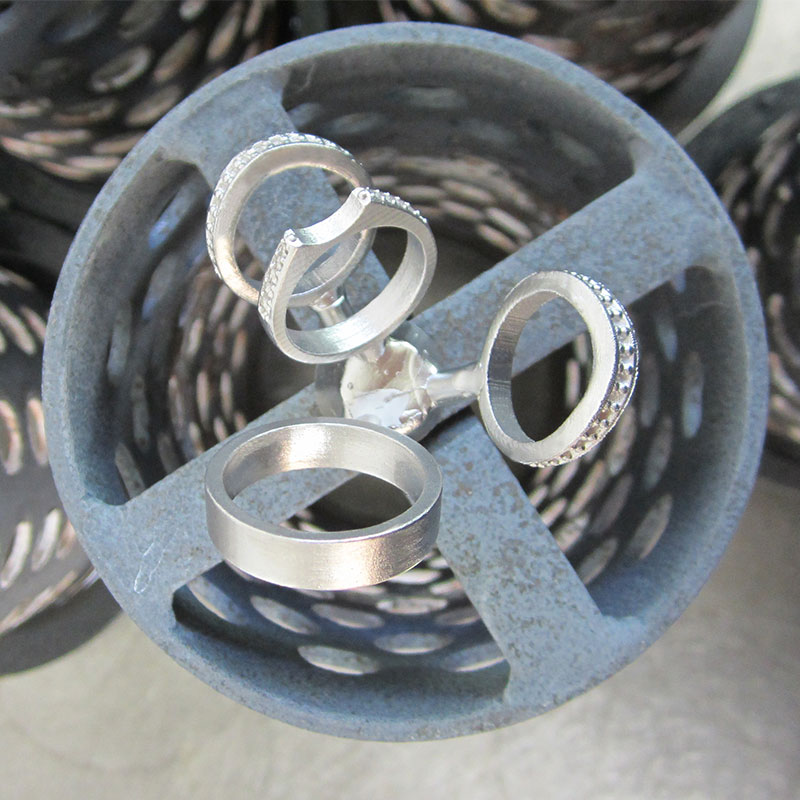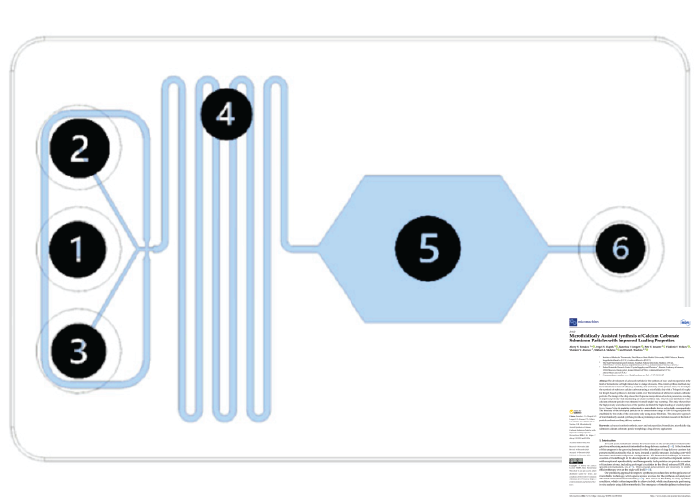3D printed microfluidic devices for cell-based applications
Introduction
The use of microfluidic devices has gained much attention with cell-based application such as tissue/cell culture and droplet encapsulation for single cell analysis. At present, most of these microfluidic device design and prototyping are reliant on PDMS soft lithography [1]. Due to the moulding nature of soft lithography, most designs of the microfluidic channels are restricted to a single plane with multiplanar channels requiring manual assembly by technicians. Therefore, the prototyping turnover rate of the microfluidic devices can be low [2]. The use of 3D printers is potentially effective in accelerating the prototyping turnover rate of microfluidic devices. In addition to 3D printing being capable of fabricating fluidic channels within the 3D space without requiring laborious assembly, the use of plastic materials also enables easier research translation into large scale manufacturing process. For the application of 3D printed devices in cell-based research, the device materials must minimally satisfy 3 main criteria: 1) Enable complex unibody printing of microarchitecture for cell trapping and flow manipulation; 2) Compatible to imaging platform; and, 3) compatible with imaging platforms such as microscopes.

Materials & Equipment
All chemical reagents are obtained from Sigma-Aldrich (Merck, Australia), unless otherwise stated. 2 resin formulations were used in this case study: MOIIN HighTemp resin and MOIIN TechClear resin (DMG Digital Enterprises SE, Germany). All printed devices are performed using ASIGA UV Max X27 DLP printers with slice thickness of 100 μm.
Thank you to Louis Ong and Yi-Chin Toh from Queensland University of Technology, Australia.
References:
Berthier, E., E.W. Young, and D. Beebe, Engineers are from PDMS-land, Biologists are from Polystyrenia. Lab Chip, 2012. 12(7): p. 1224-37.
Prabhakar, P., et al., 3D-Printed Microfluidics and Potential Biomedical Applications. Frontiers in Nanotechnology, 2021. 3.
Share:





























